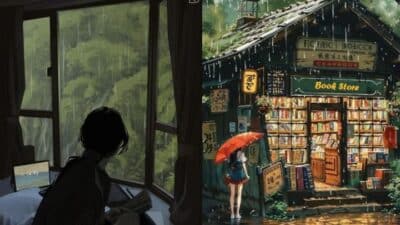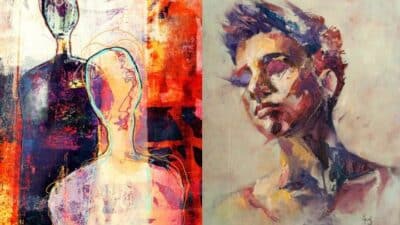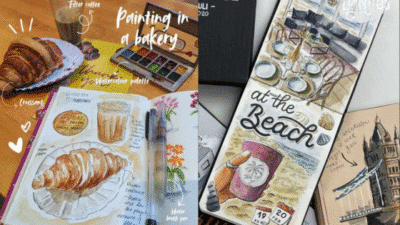Book art drawings combine the love of books with the creativity of drawing. Artists use different techniques to add images or designs directly onto book pages or around the text. This art form turns books into unique visual pieces that tell a story in both words and pictures.
Some artists choose simple pencil sketches that hug the text, while others use bold colors or mixed media to change how a book looks and feels. It’s a way to see books not just as stories to read but as art to explore.
People who enjoy both reading and drawing often find book art a fun way to connect the two. It allows them to express ideas in a fresh and creative way.
Understanding Book Art Drawings
Book art drawings involve working directly with books or creating pictures of books. These drawings use the book’s pages or the idea of books as the main focus. Artists often make creative changes to the page, like folding or cutting it. They use various ways to turn books into art or to show books in their drawings.
What Are Book Art Drawings
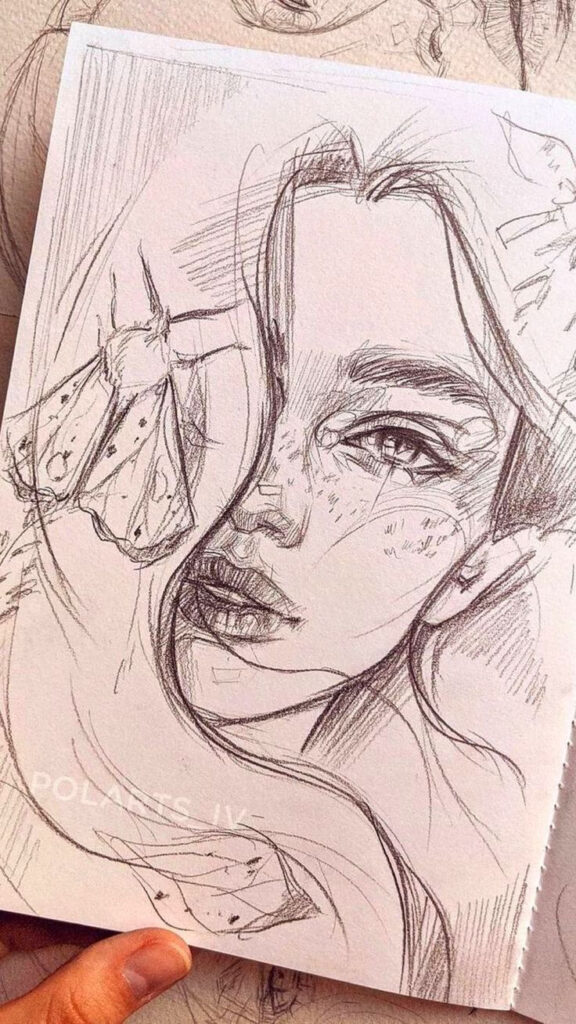
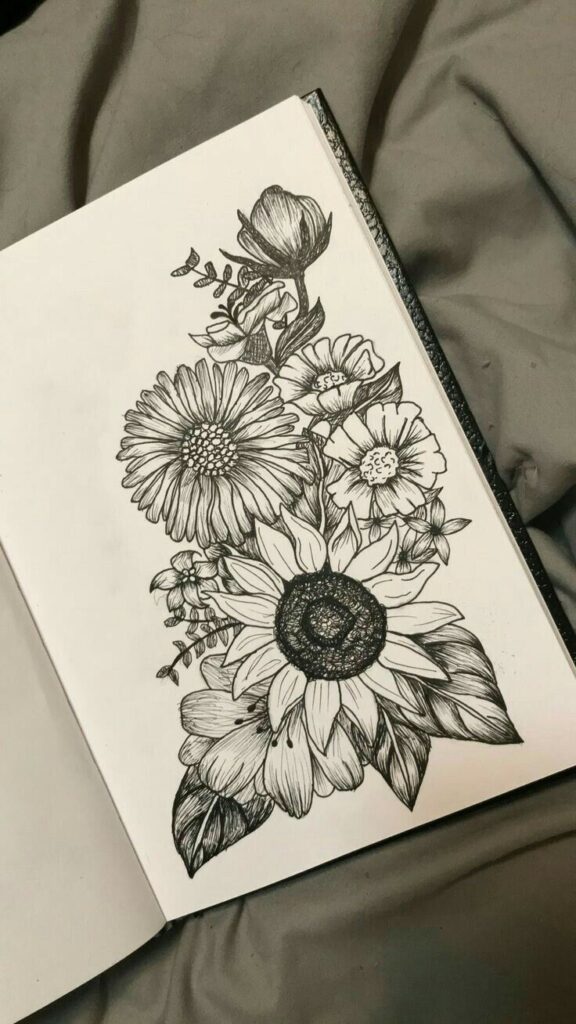
Book art drawings are split into two types. One type means drawing on the actual pages of a book. The artist might sketch, paint, or even cut the pages to make new shapes or effects. This changes the original printed book into something new and artistic.
The other type shows books as the subject in drawings. The artist might draw a picture of a book or books in a scene. This kind of drawing focuses on how books look or what they mean.
Key Techniques Used
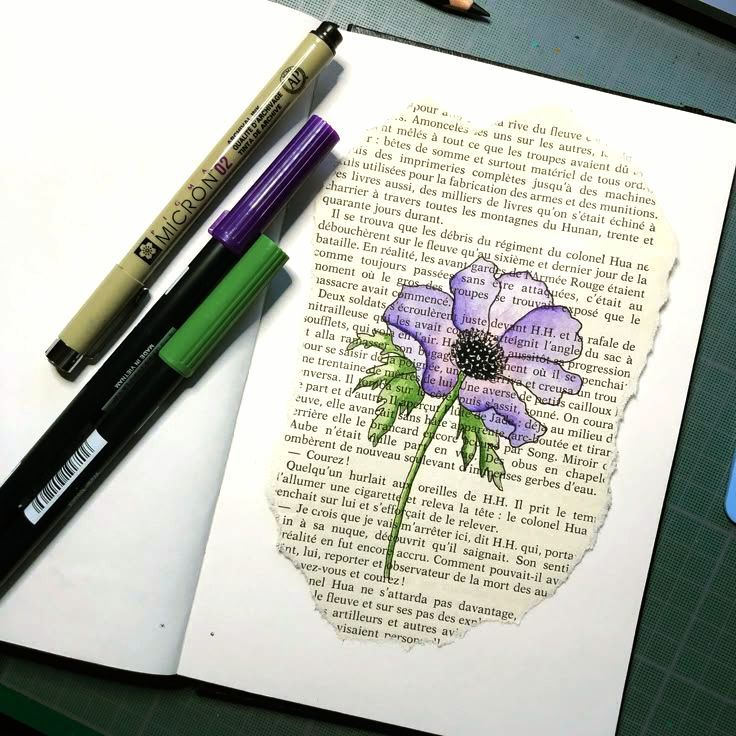
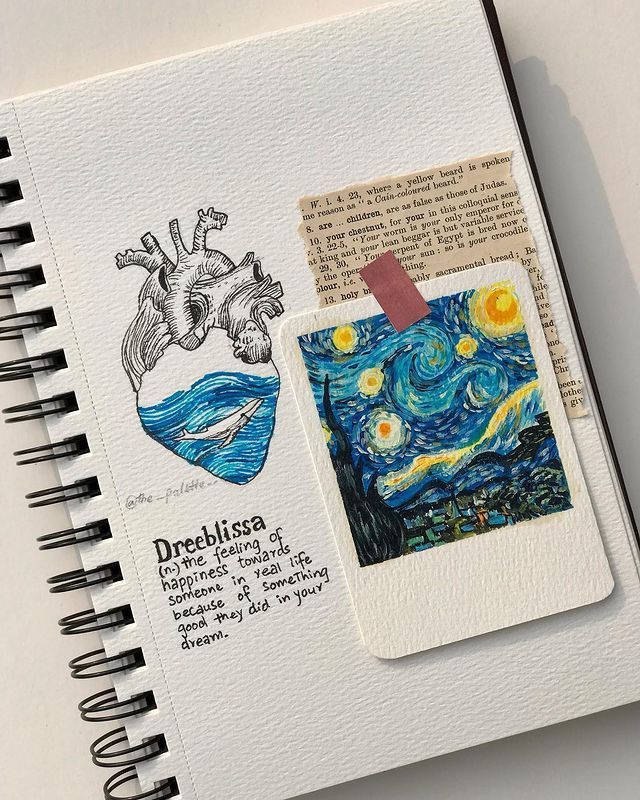
Artists use several techniques to create book art drawings. One common method is drawing or painting directly on book pages. They sometimes use folding or cutting to add depth or a 3D look.
Another technique is collage, where parts of different pages or materials are combined. The artist might also layer pages for texture. Tools like pencils, ink, and paint are often used.
Techniques list:
- Drawing or painting on pages
- Cutting or folding the pages
- Collaging with materials
- Layering for texture
These techniques help turn books into unique artwork.
Materials and Tools for Book Art
Materials and tools for book art need to be carefully chosen to fit the style and detail of the drawings. The right paper affects how the ink or pencil holds, while the tools control the quality and texture of the lines.
Paper Types and Qualities
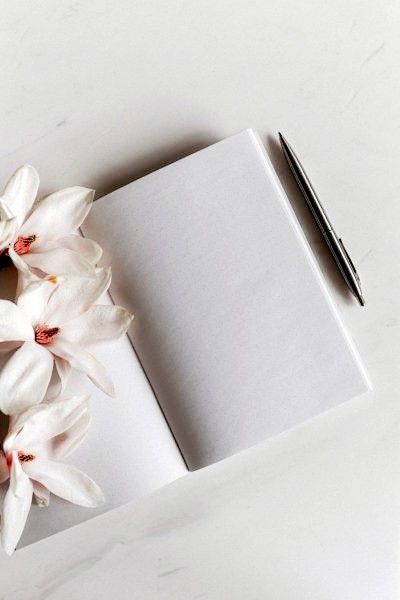
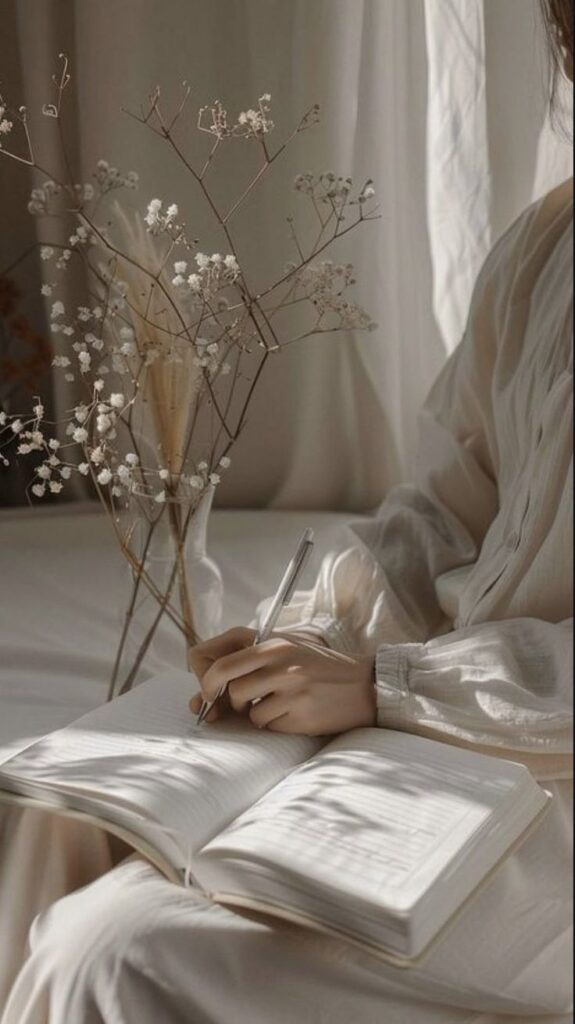
Book artists often use papers that can handle ink, pencil, or paint without bleeding or smudging. Smooth Bristol paper is common because it offers a clean surface for sharp lines and detailed work. It resists ink spread and allows easy erasing.
For more texture, cold-pressed watercolor paper adds depth but can absorb inks differently. Thick paper, generally over 90 lb (about 190 gsm), prevents wrinkles or warping when wet media like ink or paint are used. Acid-free paper is preferred to avoid yellowing over time.
Choosing weight and texture depends on whether the artist uses dry tools like pencils or wet media like ink washes.
Choosing the Right Pens and Pencils
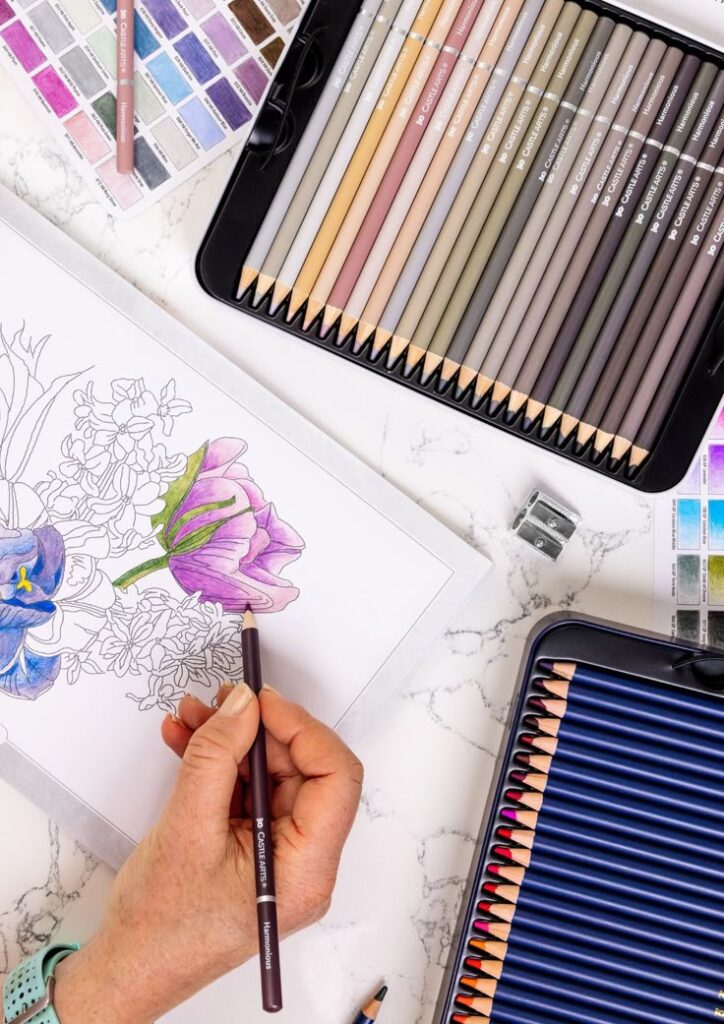
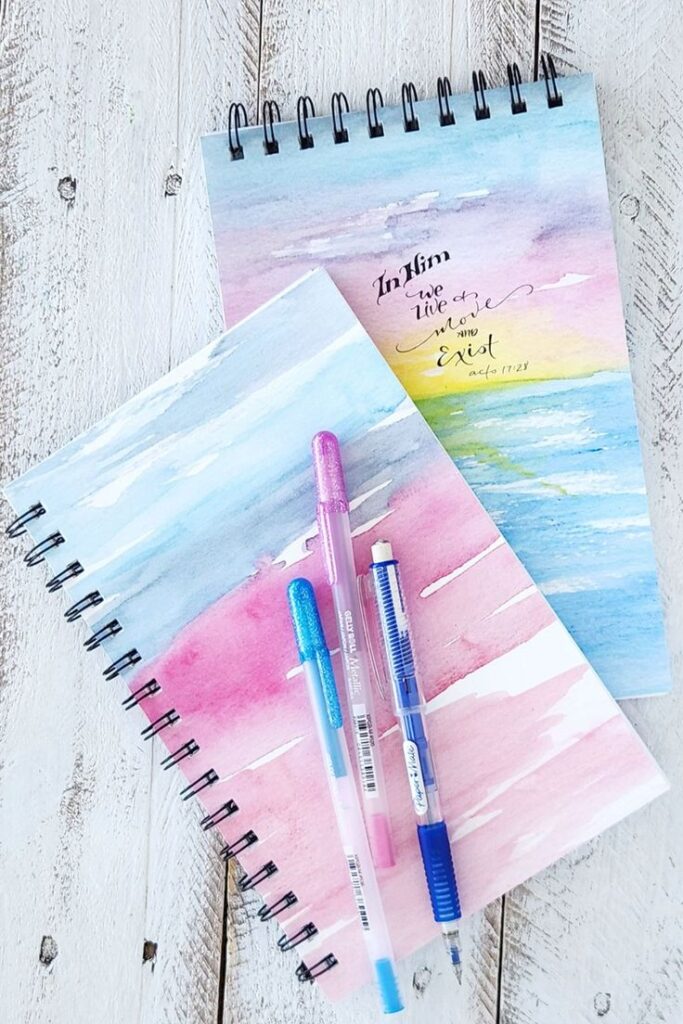
For pencil work, artists pick from graphite pencils of various hardness. Hard pencils (H grades) keep sharp fine lines, while soft pencils (B grades) produce darker, richer shading. Charcoal pencils add bold black tones and a textured feel.
Pens should be waterproof and fade-resistant for long-lasting lines. Fine-tip ink pens offer control for detailed drawings. Felt-tip pens or brush pens give expressive, varied strokes. Some artists use technical pens for precision or dip pens with ink for traditional styles.
Peelable charcoal pencils are a user-friendly option because they don’t need sharpening, making them handy for sketching and shading.
| Tool Type | Uses | Notes |
|---|---|---|
| Graphite pencils | Sketching, shading | Vary hardness (2H to 8B) |
| Charcoal pencils | Dark tones, texture | Peelable options available |
| Fine-tip pens | Inking details | Waterproof, fade-resistant |
| Brush pens | Expressive lines | Flexible strokes |
Creative Book Art Drawing Ideas
Book art drawings can bring new life to books by adding unique images and designs. Artists use different ways to create art on or about books, focusing on covers, margins, and drawings inside journals or sketchbooks. These methods let creativity mix with the book’s story or purpose.
Illustrating Book Covers
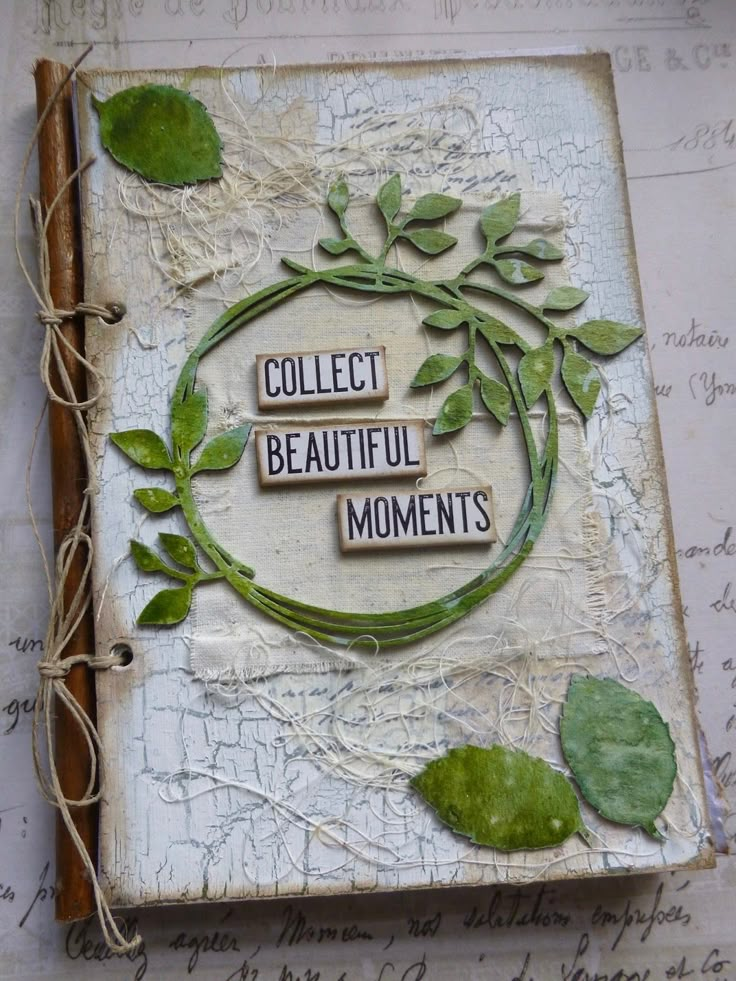
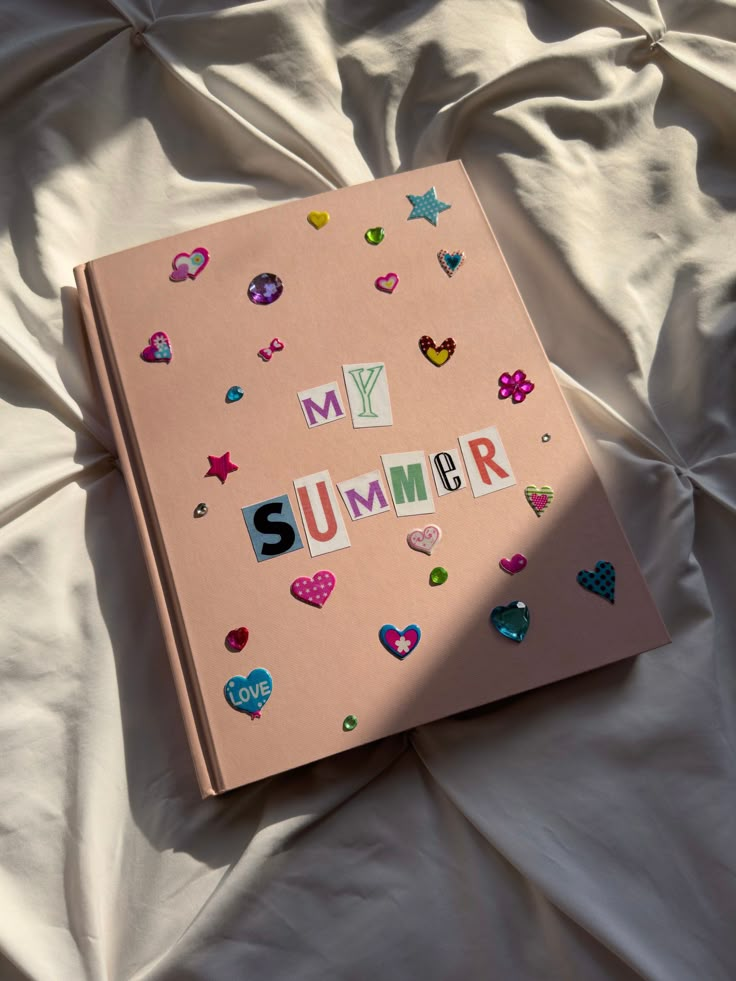
Illustrating book covers means creating original art that either matches or reimagines the book’s theme. Artists often focus on key story elements, symbols, or characters to catch attention. Using bold colors or simple line drawings can make the cover stand out on shelves.\

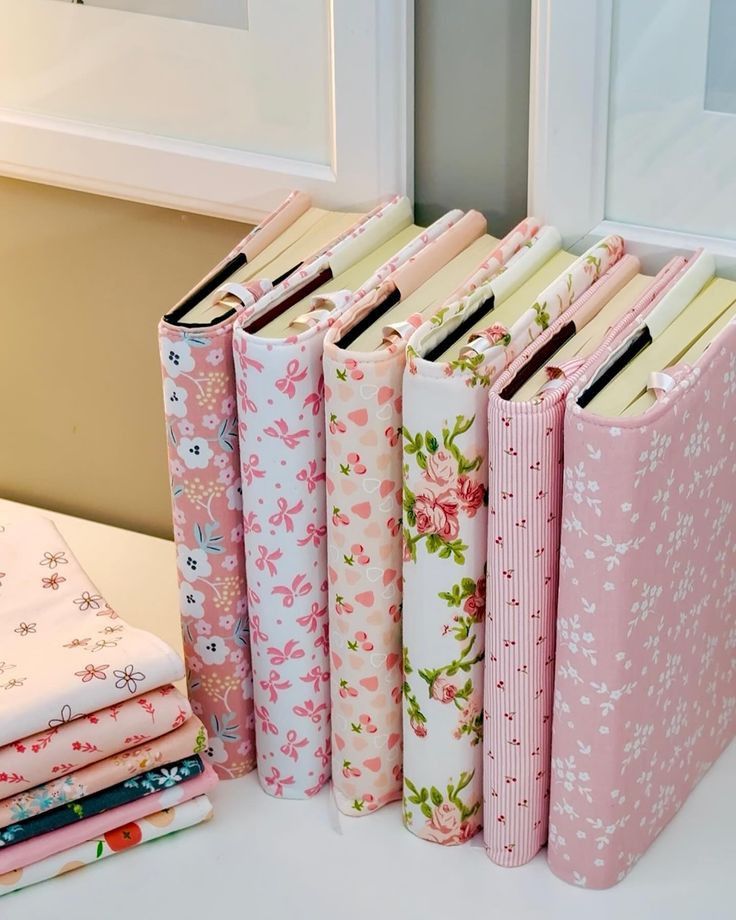
Sometimes, artists create new covers for old or favorite books to give them a fresh look. This can include detailed portraits or abstract shapes that express the mood of the story. A well-designed cover invites readers to explore the book inside.
Decorating Book Margins
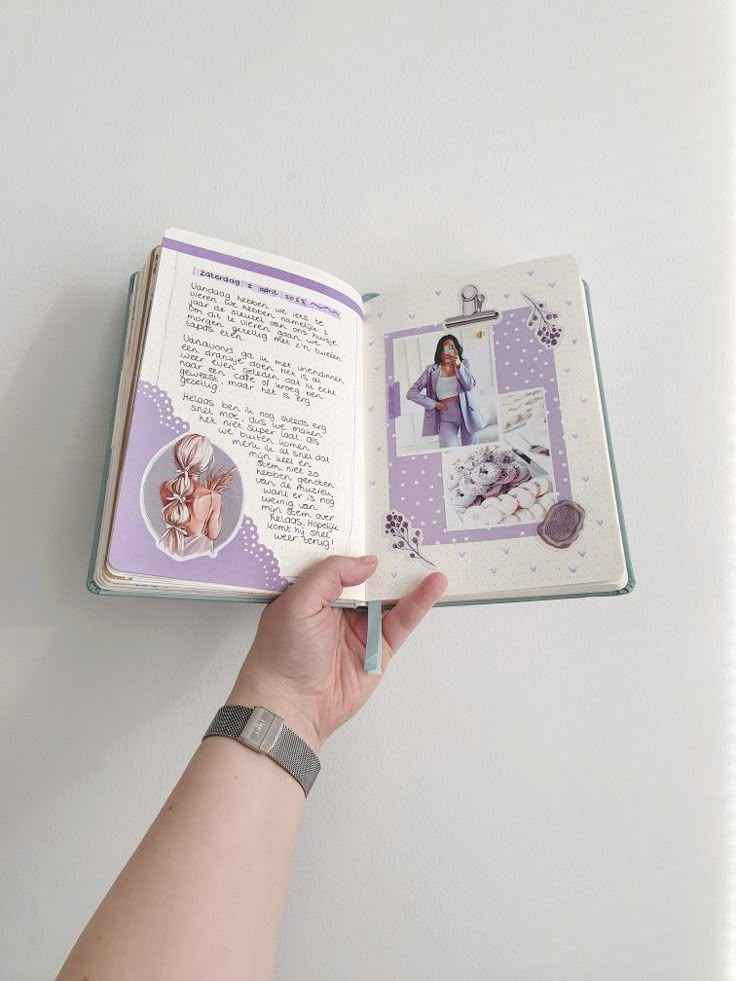
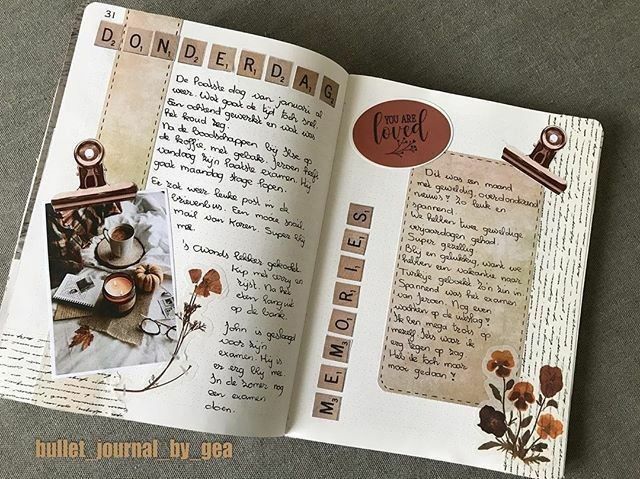
Decorating margins involves drawing small designs along the edges of book pages. This subtle art can include flowers, doodles, or tiny symbols that add personality without covering the text. It’s a gentle way to make each page feel special.
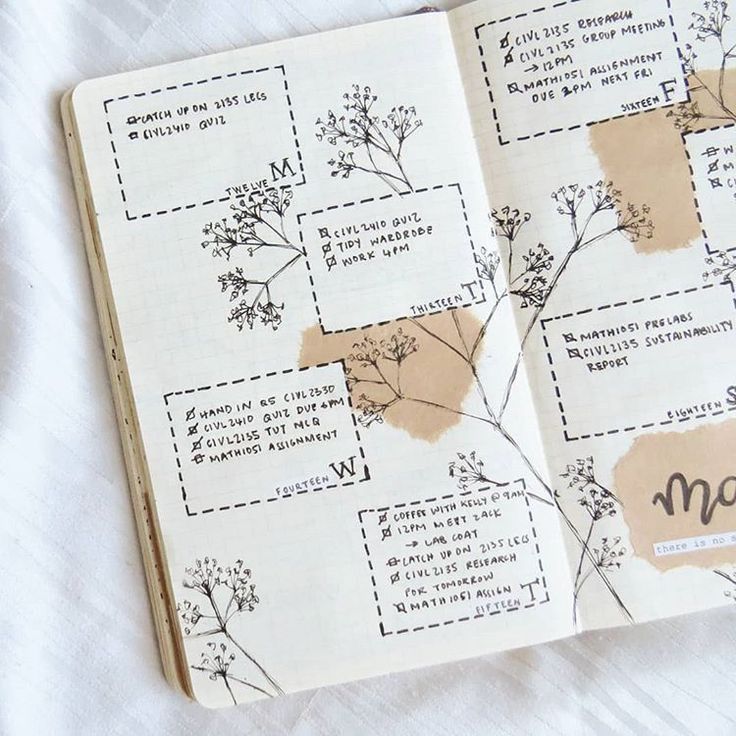
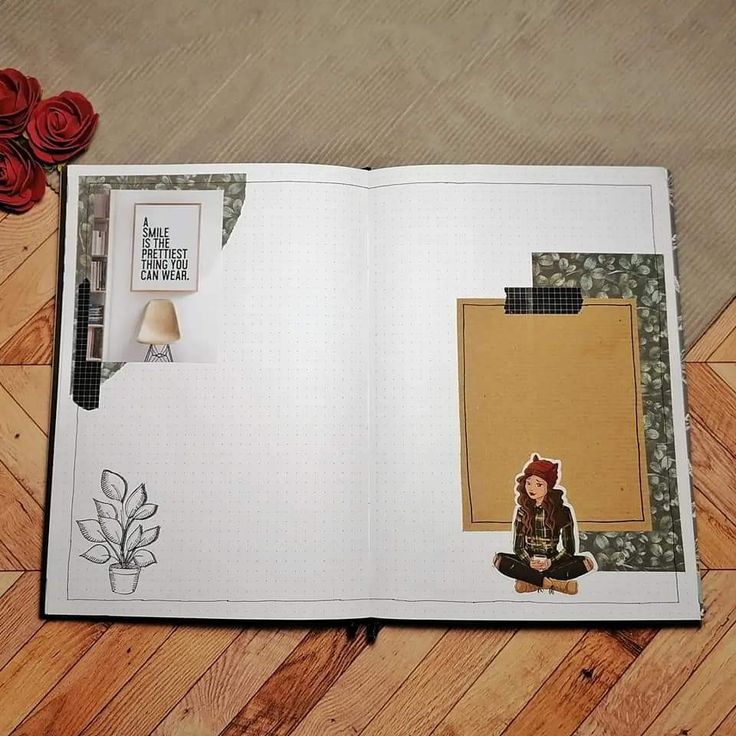
Some artists fold, cut, or even paint the margins to create small three-dimensional effects. This technique turns the page into both a reading surface and an art piece. Margin decoration works well for personal books or gifts because it adds a thoughtful, artistic touch.
Drawing in Journals and Sketchbooks
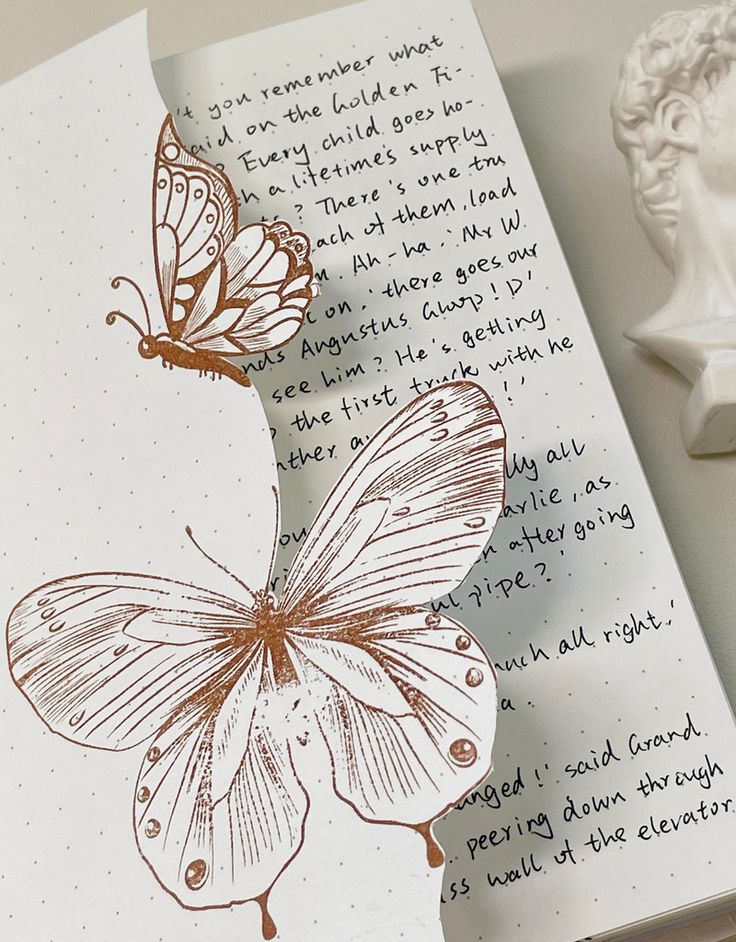
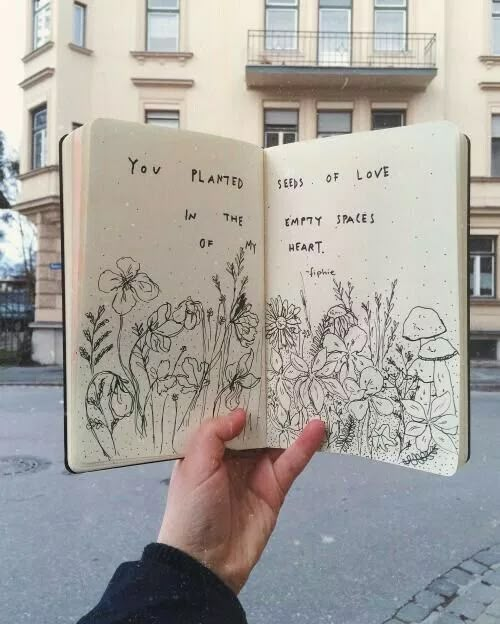
Drawing inside journals and sketchbooks mixes writing with artwork. People often add sketches, patterns, or simple illustrations to brighten their notes or stories. These drawings can be quick doodles or planned designs next to the text.
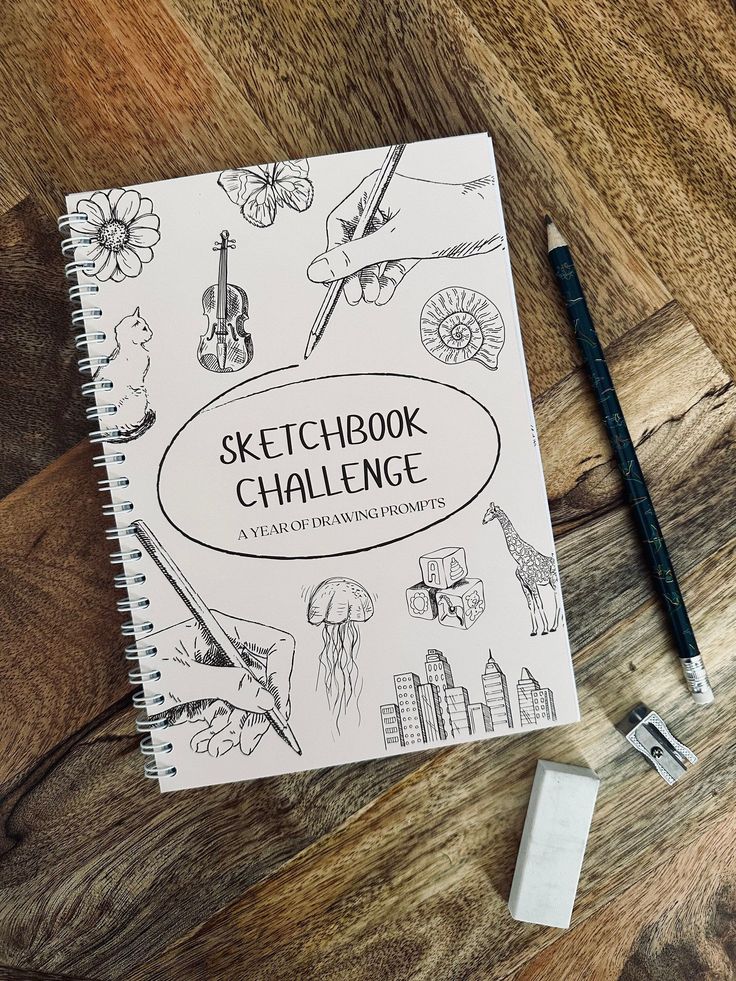
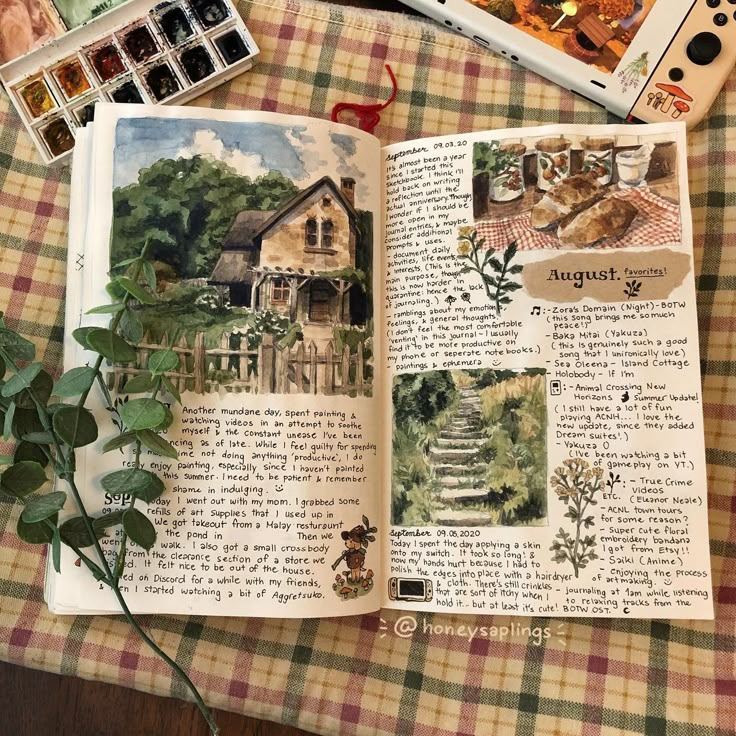
Sketchbooks offer a space for experimenting with different styles or themes. Artists can develop ideas for larger works or just enjoy the freedom to draw daily. Using various tools like pencils, pens, or markers lets artists express their mood or ideas alongside their written thoughts.
Tips for Improving Book Art Drawing Skills
Improving book art drawing skills takes steady practice and a willingness to try new things. Focusing on clear line work helps create sharper images on the page. Exploring different styles lets artists find unique ways to transform book pages into art.
Practicing Line Work
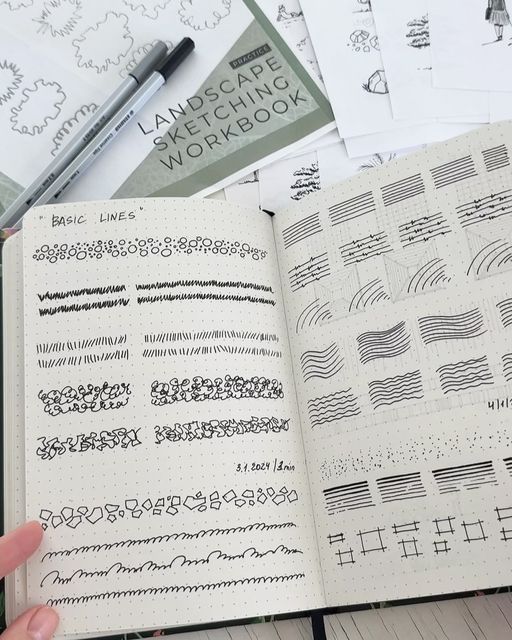
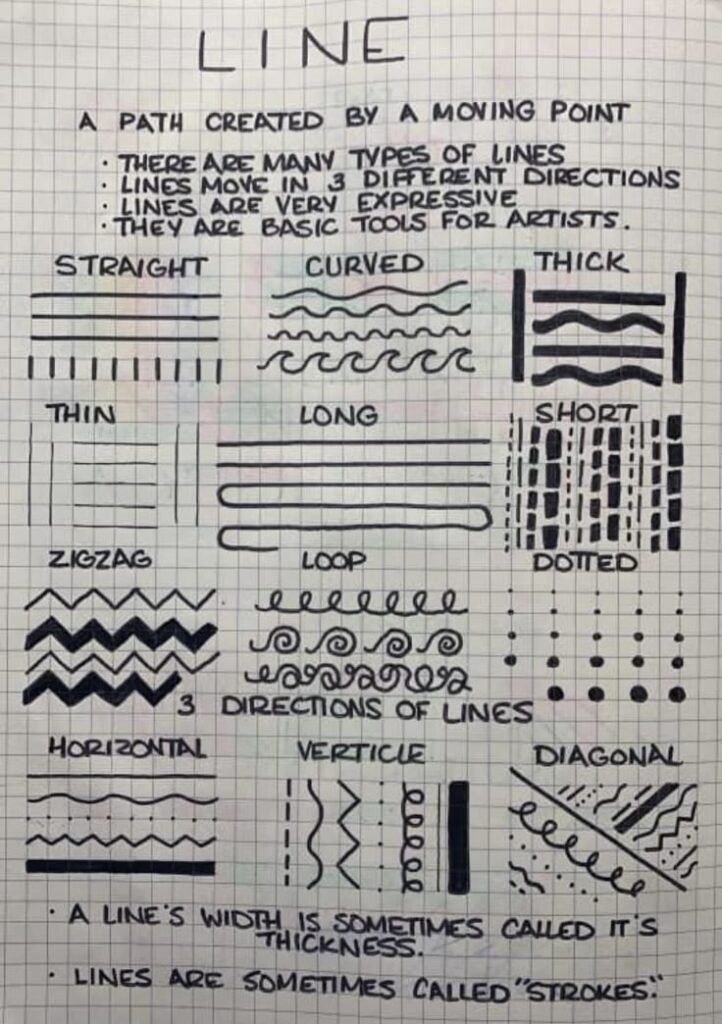
Line work is the backbone of any drawing, especially on book pages where space can be tricky. Artists should practice making lines that are both confident and controlled. Using different tools like fine liners, brush pens, or pencils can help create varied textures and effects.
A useful exercise is drawing simple shapes with continuous lines. This improves hand stability and flow. Mixing thick and thin lines adds depth and focus to the drawing. Since book pages can be delicate, using light pressure avoids tearing the paper.
Tracking progress over weeks can show how line work improves. Small, consistent efforts often lead to smoother, cleaner lines in drawings.
Experimenting With Different Styles
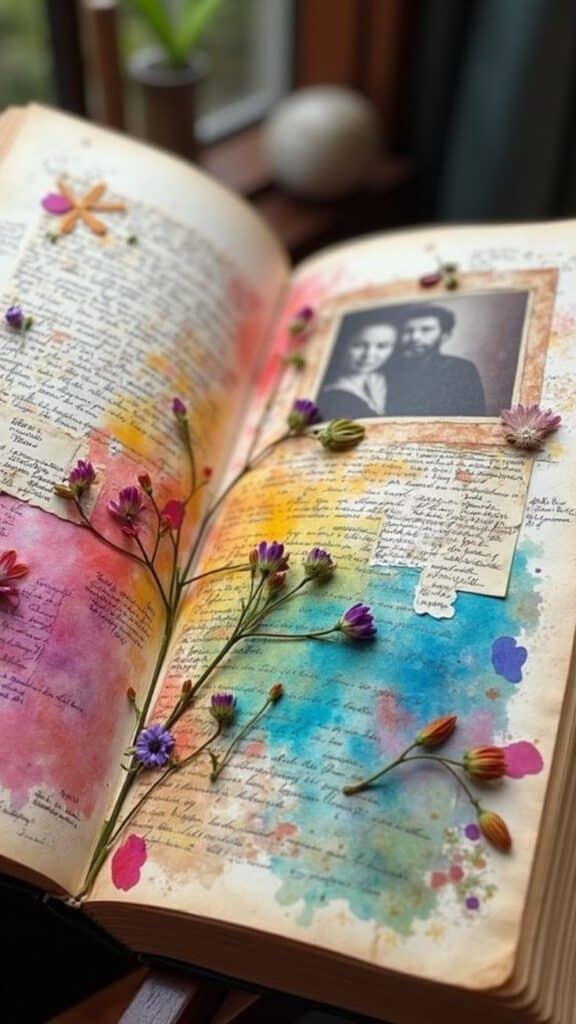
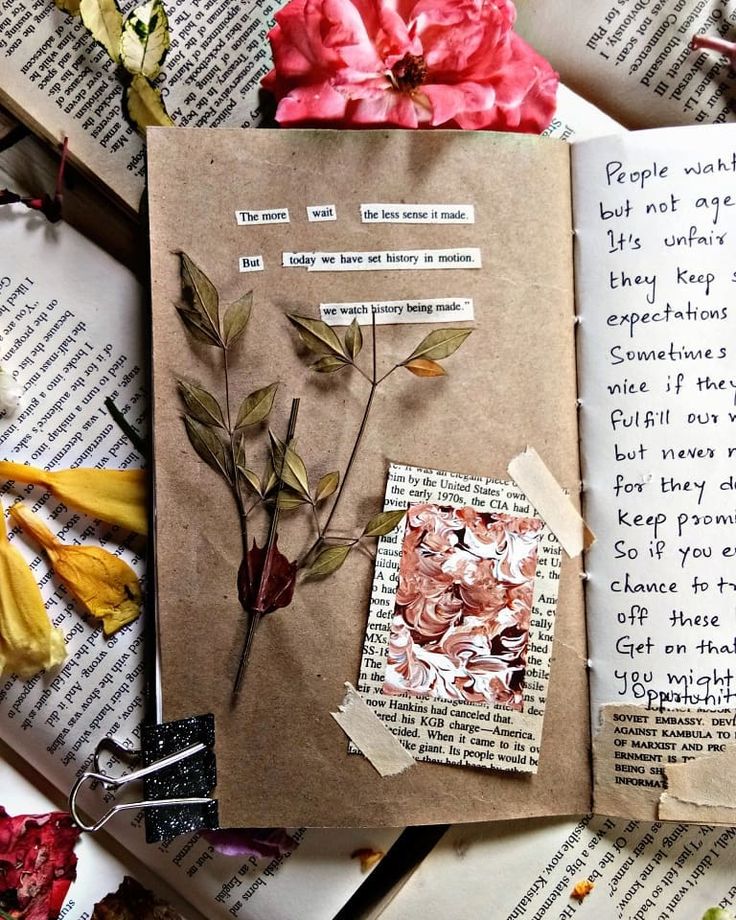
Trying different styles can change how book art looks and feels. Some artists draw realistic images directly on text, while others create abstract or geometric forms by cutting or folding pages. Mixing media like ink, watercolor, or collage also changes the outcome.
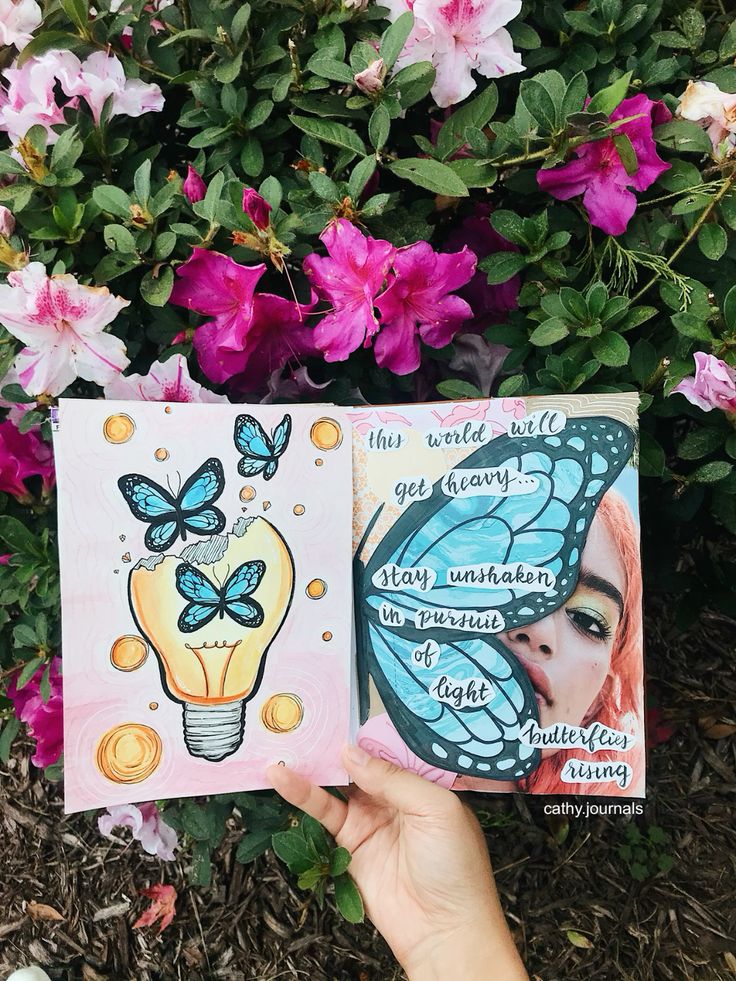
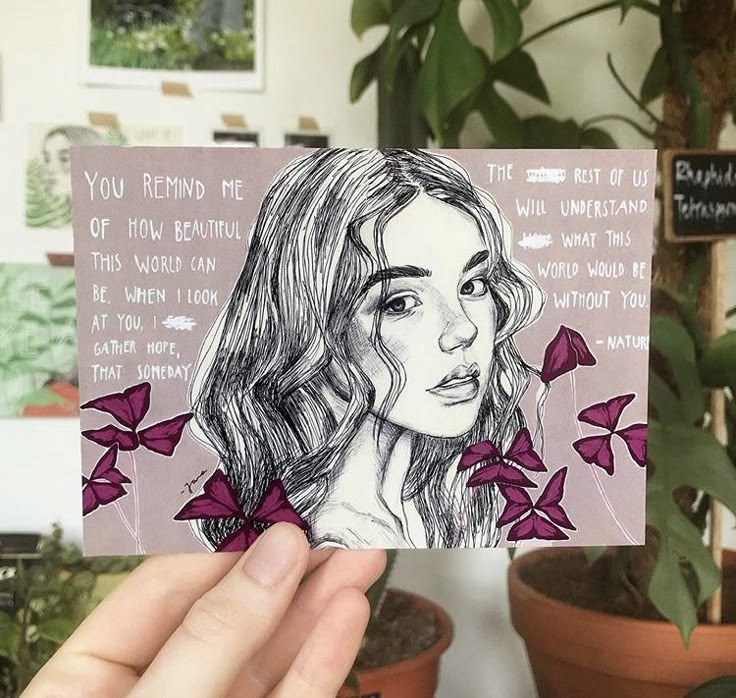
Artists should experiment with these techniques to see what fits their vision. For example, combining detailed sketches with bold shapes can highlight parts of the page. Folding pages creates 3D effects that make the art more interactive.
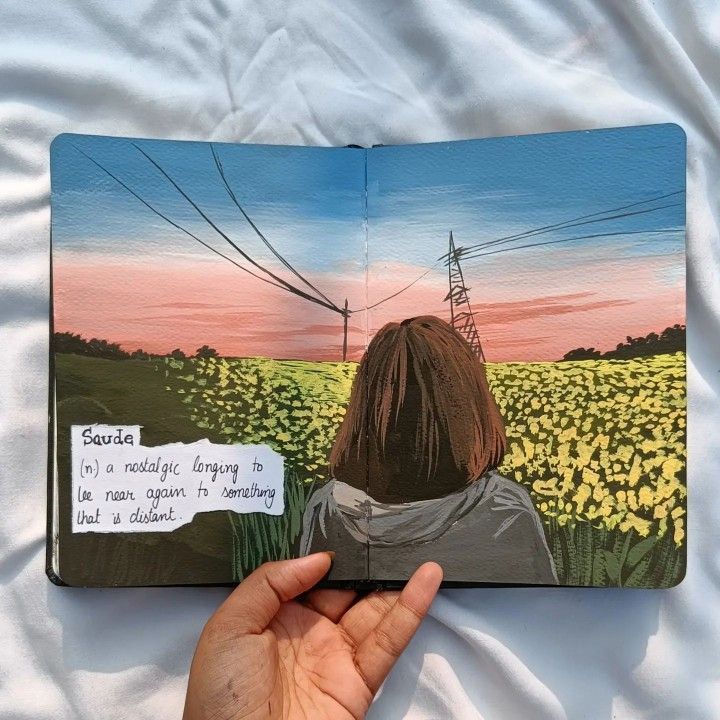
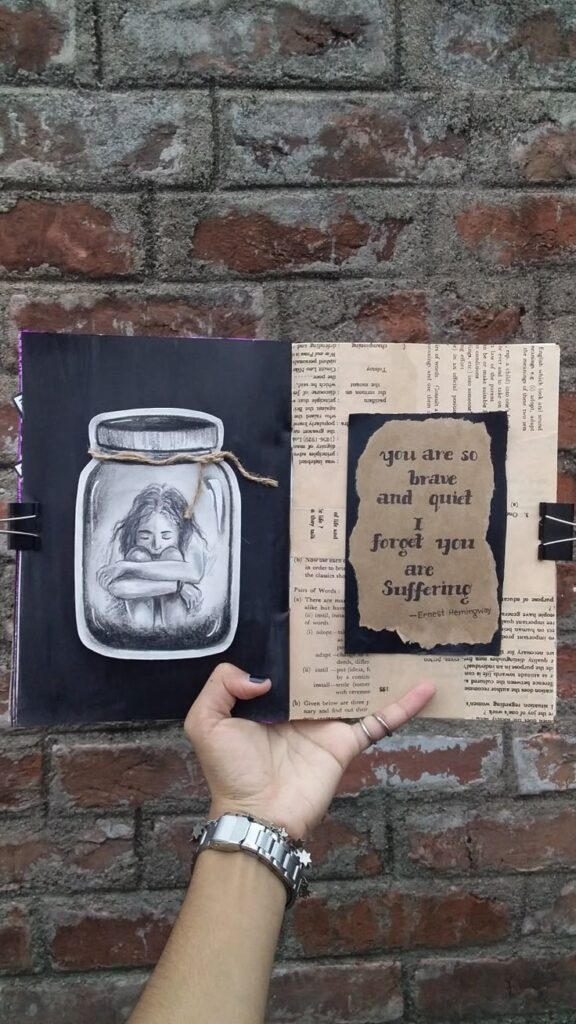
Keeping a sketchbook specifically for style experiments encourages risk-taking and discovery. Over time, this helps artists develop a signature approach to book art drawings.
- 2.3Kshares
- Facebook0
- Pinterest2.3K
- Twitter0
